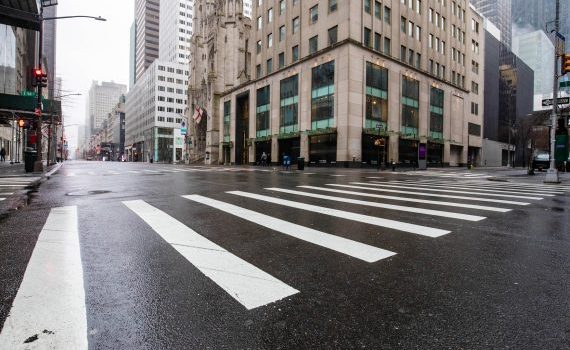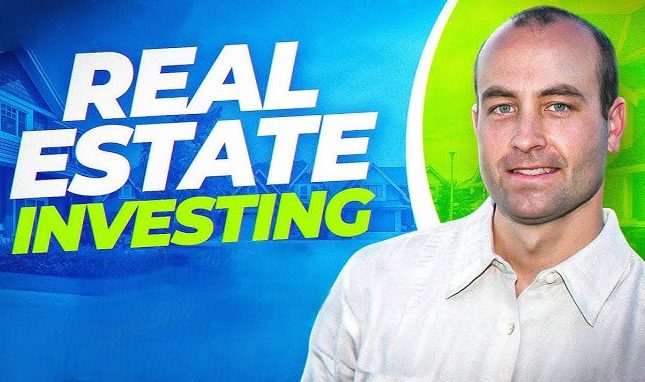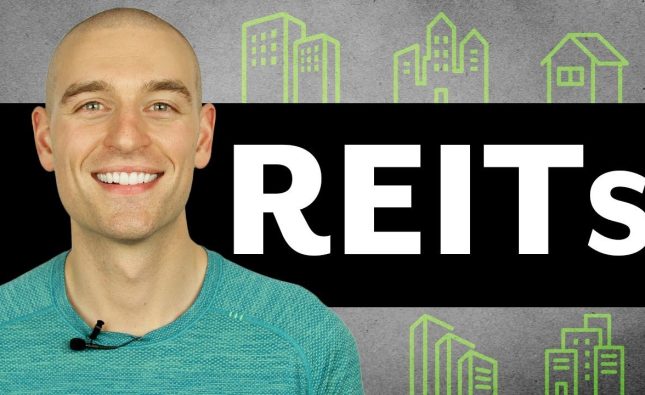
Introduction: A Shift in Urban Real Estate Dynamics
In the wake of the COVID-19 pandemic, the landscape of city real estate has experienced a dramatic transformation. This article delves into the evolving repercussions of the pandemic, shedding light on the ways urban living and housing trends have adapted and evolved.
The Urban Exodus Unveiled
As the pandemic unfolded, an unprecedented urban exodus phenomenon gripped cities worldwide. Fear, uncertainty, and a quest for more space prompted urban dwellers to seek alternative living arrangements. In this section, we delve into the origins of the exodus, its driving forces, and its immediate impacts.
The appeal of spacious suburban homes, lower population density, and the promise of safety enticed residents away from densely populated city centers. This shift led to a temporary decline in urban real estate demand.
Urban Renewal and Adaptation
Cities, faced with the exodus, embarked on efforts to rejuvenate urban spaces. Innovative strategies were embraced to make cities more appealing and adaptable in the post-pandemic world.
Cityscapes underwent a remarkable transformation, with a renewed focus on mixed-use developments fostering vibrant, self-contained communities. Green spaces, pedestrian-friendly zones, and sustainable infrastructure took center stage in these revitalization efforts.
The Permanence of Remote Work
Remote work, initially a stopgap solution, has become a permanent fixture in the professional landscape. This shift carries profound implications for real estate, empowering individuals to choose their homes based on their preferences and lifestyles.
Properties designed to accommodate remote work, featuring home offices, co-working spaces, and high-speed internet connectivity, have witnessed a surge in demand. As remote work continues to redefine our work lives, cities that embrace this trend are poised for ongoing growth.

Prioritizing Sustainability
Sustainability has evolved from a buzzword to a fundamental pillar of urban development. Cities are now placing a high priority on eco-friendly transportation options, energy-efficient buildings, and green spaces that enhance residents’ quality of life.
Incorporating sustainability into urban planning addresses environmental concerns and aligns with the values of modern urbanites seeking green and healthy lifestyles.
A Comparative Overview
To provide a comprehensive view of post-pandemic real estate dynamics, let’s present a comparative table that highlights the key features and benefits of city living versus suburban sanctuaries:
| Aspect | City Living | Suburban Sanctuaries |
|---|---|---|
| Space | Limited space, higher density | Spacious homes, larger yards |
| Commute | Shorter commute to work | Longer commute but less congestion |
| Amenities | Abundance of amenities | Peaceful surroundings |
| Cost of Living | Higher cost of living | Lower cost of living |
| Lifestyle | Vibrant, cultural diversity | Quiet, family-friendly atmosphere |
| Safety and Security | Varied safety levels | Typically safer neighborhoods |
| Job Opportunities | Diverse job market | Limited local job opportunities |
Conclusion:
In conclusion, the urban exodus has set in motion a wave of change in the real estate landscape, compelling cities to adapt and evolve. While suburbs have gained popularity, cities are undergoing a renaissance, focusing on sustainability, innovation, and an enhanced quality of life.
As we navigate this post-pandemic real estate landscape, the narrative continues to evolve. The choices are diverse, from the vibrancy of city living to the tranquility of suburban sanctuaries. The key lies in making an informed decision that aligns with individual preferences and values.










